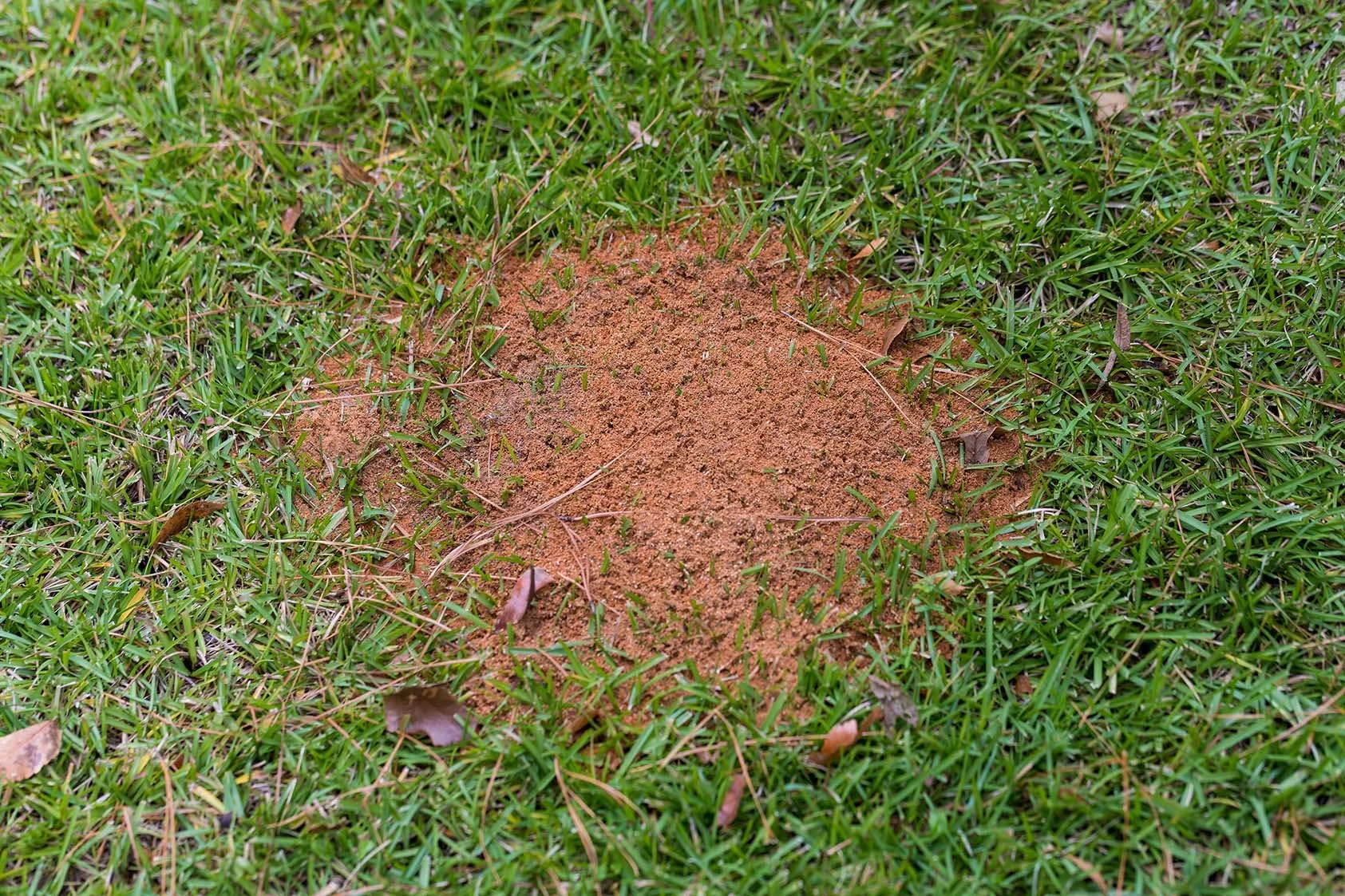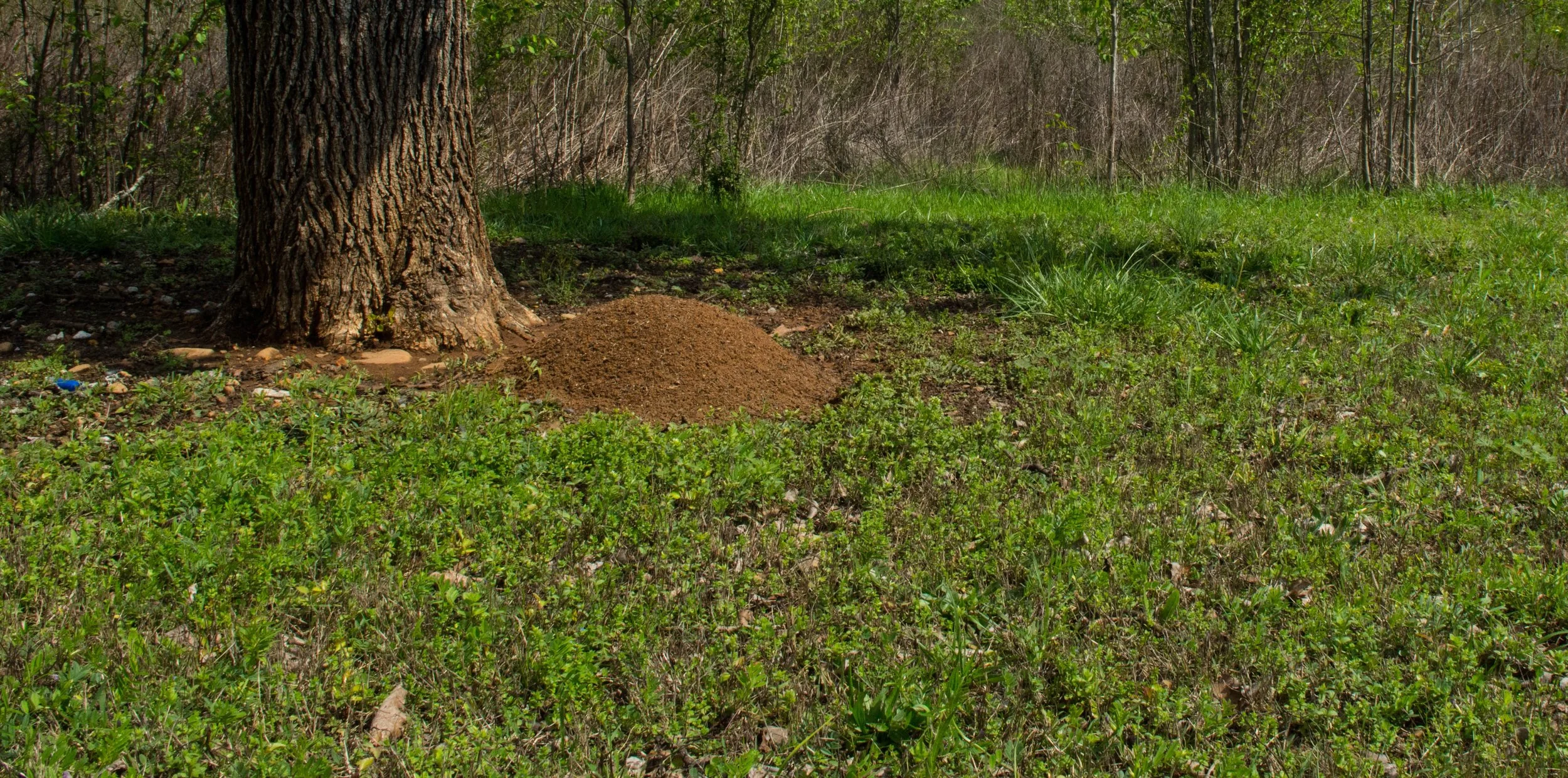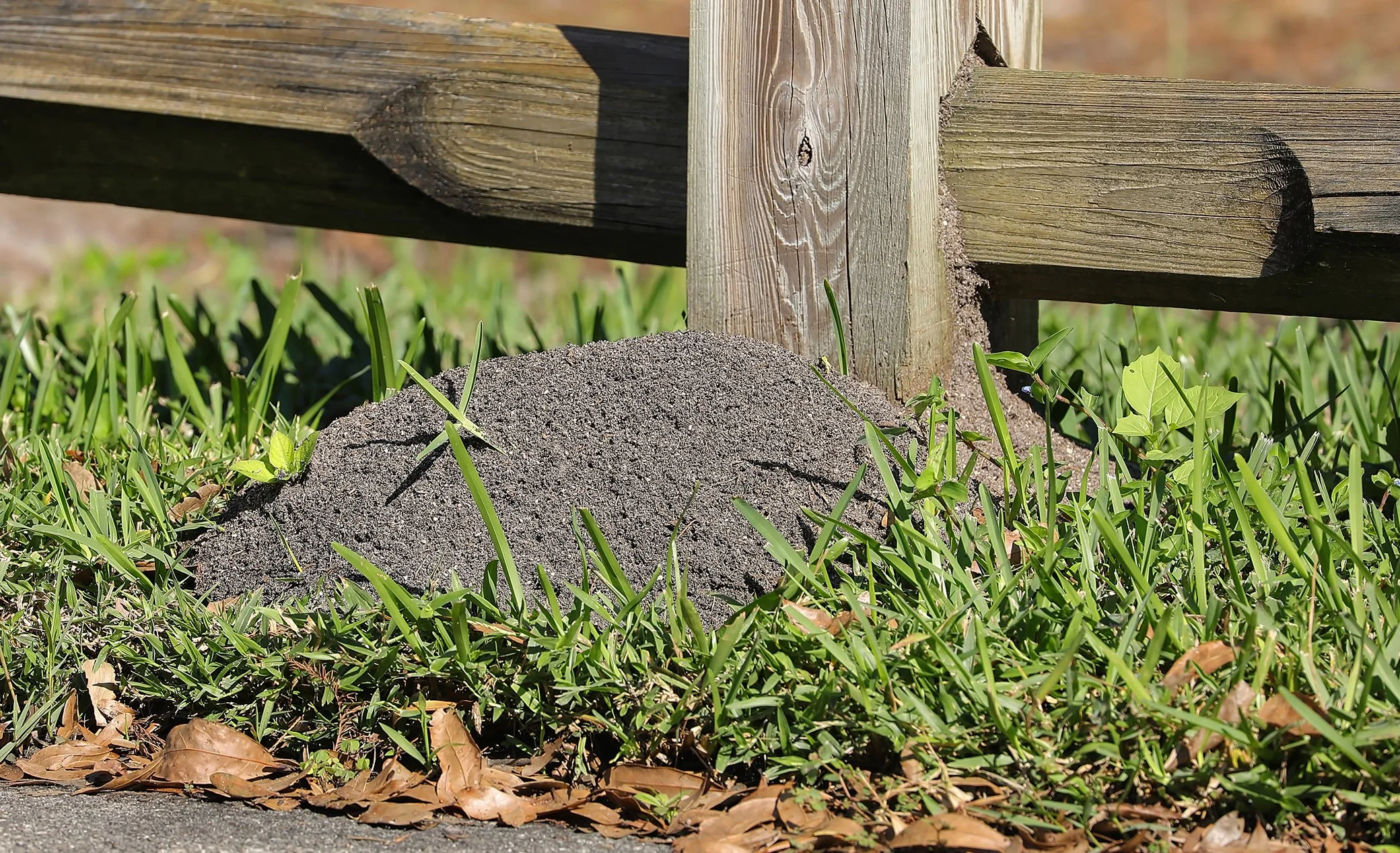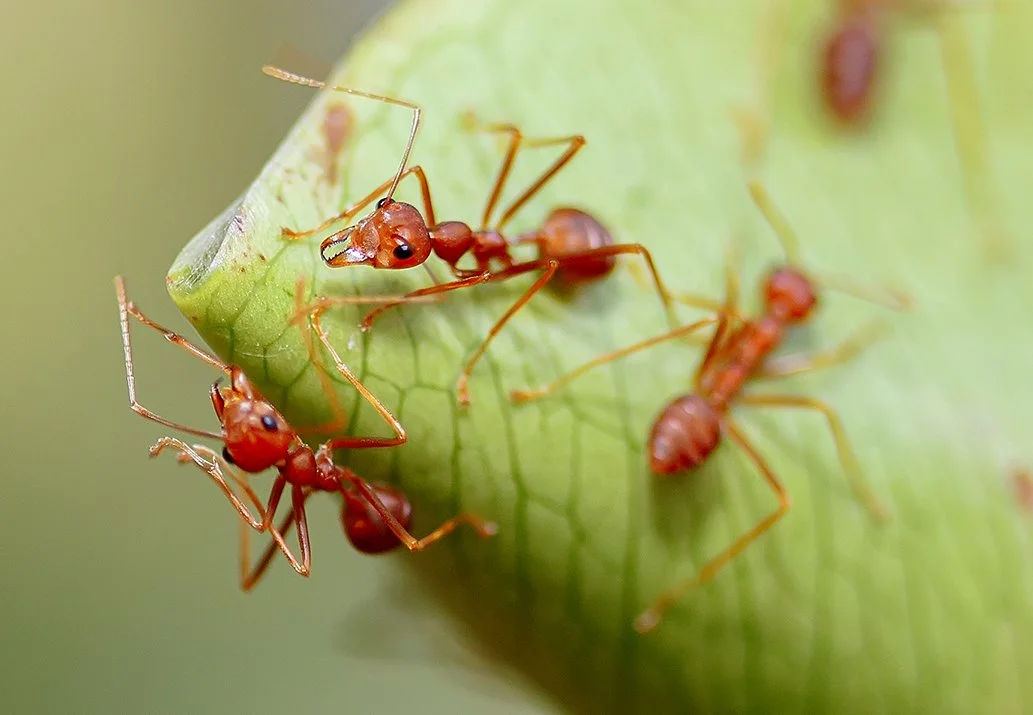Fire Ants
Fire ants are aggressive, stinging insects that build large mounds and colonies in soil. These ants are particularly problematic in warmer climates like Southern California, where they thrive in sunny, open areas such as lawns, gardens, parks, and around structural foundations. Fire ants are not only a nuisance but can pose a serious threat to people, pets, and wildlife due to their painful and venomous stings, which can cause allergic reactions in some individuals.
Fire ants typically nest in loose soil and do not require a centralized mound to spread. Their colonies are highly organized, often containing multiple queens, which makes them especially difficult to eliminate with store-bought solutions or home remedies. Once a mound is disturbed, fire ants will quickly swarm and defend their territory with stings.
Because fire ant colonies can expand rapidly and pose health and safety risks, professional control is essential for both immediate relief and long-term prevention.



Behavior
Fire ants are notorious for their aggressive behavior, particularly when their nest is disturbed. They are omnivorous and will feed on a variety of food sources, including plants, insects, and small vertebrates. Their social structure is complex, with colonies potentially containing multiple queens. Fire ants communicate through pheromones and will swarm rapidly when threatened, delivering multiple stings to perceived threats.
-
Extremely aggressive, especially when the nest is disturbed
Omnivorous diet – insects, plants, small vertebrates, and food scraps
Multiple queens possible in larger colonies (polygyny)
Rapid swarming response when threatened
Painful stings that can cause allergic reactions and severe discomfort
Identification
Fire ants are a highly recognizable and aggressive species known for their painful stings and distinctive mounds. They range in size from 1/8 to 1/4 inch, with a reddish-brown to black coloration. Unlike other ants, fire ants can vary in size within a single colony, a trait known as polymorphism. Their bodies consist of three segments: head, thorax, and abdomen. They have a stinger at the end of the abdomen.
-
Reddish-brown to black coloration, varying in size
Workers range from 1/8 to 1/4 inch in length
Polymorphic colony structure – workers of different sizes
Stinger present, capable of delivering painful stings
Distinctive, dome-shaped mounds without a visible central opening
Nesting
Fire ants construct large, dome-shaped mounds that can reach up to 18 inches high. These mounds are commonly found in open, sunny areas such as lawns, fields, and pastures. Unlike other ants, fire ants do not create a central entry hole; instead, they use underground tunnels to access the surface. They prefer moist, sandy, or loamy soil but can adapt to various environments, including urban areas.
-
Large, dome-shaped mounds up to 18 inches high
Found in open, sunny areas – lawns, fields, roadsides
No visible entry hole; ants access surface through tunnels
Prefer moist, sandy, or loamy soil but can adapt to various terrains
Colonies may relocate quickly in response to flooding or disturbance
Impact
The impact of fire ants extends beyond their painful stings. They pose serious health risks due to their venom, which can cause severe allergic reactions in some individuals. Additionally, they are highly destructive pests, damaging crops, lawns, and electrical equipment.
-
Painful stings that can cause severe allergic reactions
Agricultural damage – attack seedlings, feed on crops
Electrical equipment damage – attracted to wiring and circuits
Lawn and landscaping damage – extensive tunneling and mound building


